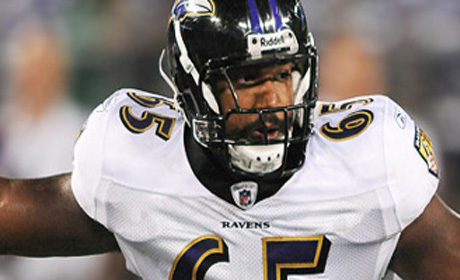Former NFL Quarterback, Jim McMahon, having memory problems

This week the Chicago Tribune reported that former Chicago Bears quarterback Jim McMahon was suffering from memory loss. The Super Bowl XX winning quarterback attributes the problem to be the result of the multiple concussions he had during his football career. McMahon told the Tribune:
“Back then, it was just tape an aspirin to your helmet and you go back in….I’ve worked with some neurosurgeons and it’s a very serious thing, man… My memory’s pretty much gone. There are a lot of times when I walk into a room and forget why I walked in there. I’m going through some studies right now and I am going to do a brain scan. It’s unfortunate what the game does to you.”
What is a concussion?
The brain normally floats inside the skull, surrounded by spinal fluid. The brain has a consistency somewhat like jello, and although somewhat protected by the skull, is not completely protected by the impact of a violent force. Rapid changes in head movement, such a significant blow to the head, can cause the brain to hit against the inner wall of the skull, causing injury to the delicate brain tissue. There is also a chance that blood vessels in the brain can be torn, leading to bleeding in or around the brain.
What is the impact of repeated concussions on athletes?
In June, 2010 we wrote a story about Chris Henry, the NFL football player who was killed when he fell out of a truck. His autopsy revealed that the Cincinnati Bengals wide receiver had had chronic traumatic encephalopathy (CTE) at the time of his death. CTE is a form of brain damage which is believed to be caused by repeated concussions. Symptoms include memory impairment, speech and gait problems, Parkinsonism, tremors and lack of coordination. Early on there may be emotional instability, erratic behavior, depression and problems with impulse control.
Fortunately the NFL is trying to do something to decrease the impact of concussions on their players. The National Football League and commissioner Roger Goodell set forth a new policy this past season to better monitor football players who suffer concussions. What this concussion policy intends to do is to not allow a player back onto the field until he has fully recovered and been cleared by a neurologist. The policy states:
“The player should not be considered for return-to-football activities until he is fully asymptomatic, both at rest and after exertion, has a normal neurological examination, normal neuropsychological testing, and has been cleared to return by both his team physician(s) and the independent neurological consultant”.
The activities mentioned above include practices, not just games. Unfortunately, the one thing that may limit the rule’s effectiveness is the attitude of the players themselves. Football still has a “play through the pain in order to achieve glory” attitude where players are not likely to be as open about symptoms as they should be. What kind of message does this give to our student athletes?




























0 comments